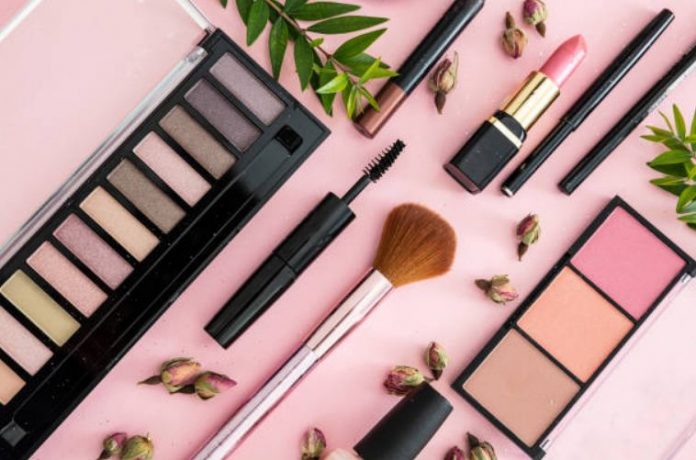It is widely known that most cosmetics can damage both the health of the skin and body and can be harmful to those women who use them regularly.
Although most of us know this we do not realize how harmful they can be. Averagely it has been found that women absorb about 2 kg of chemical substances each year by using cleansing and cosmetic products each day.
With the daily use of these industrial cosmetics, chemical elements penetrate the skin and are absorbed by the body’s system.
Apparently it would be less harmful to absorb these chemicals through the digestive system than it is through the epidermis.
This is because through the digestive system these chemicals are largely neutralized by gastric juices and saliva enzymes, while if absorbed directly by the skin they enter the blood system in their entire chemical state.
Due to this direct absorption of dangerous substances present in cosmetics, such as sodium lauryl sulfate, phenylcarbinol, and dihydroxy-benzoic acid the skin can present forms of irritation, can ever accelerate age and develop certain forms of cancer.
Amongst the cosmetics that contain a high percentage of these dangerous chemicals are hair dyes and certain other products to add perfume to cosmetics.
Apparently studies have shown that some women use up to twenty different types of cosmetics each day, which greatly increases their chances of exposure to damaging chemicals.
Although it is true that European cosmetic manufacturers undergo strict supervision during the production of their cosmetic products to ensure they are safe to use, it is also true that this safety also depends on the frequency of usage.
Parabens are the most common elements in cosmetics and are used as preservatives and have been known to have an estrogen effect in laboratory mice and are one of the causes of breast cancer.
As in all cases, this depends on how often you use these cosmetics, for regular use of toxic cosmetics will increase the level of harmful elements in the skin and body.
This means that each time you use a cream or lotion on the face or any other part of the body you are rubbing in chemicals of the Parabens group into your skin.
What is even more unsettling is that these tests carried out in laboratories are only at their early stages of research and the data they have is still not exhaustive, which means that further results could be even more menacing.
It is always safer when we do not know to what extent these industrial cosmetics can be harmful, to turn towards alternative products such as cosmetics produced with organic and natural components, which are non-toxic as they derive from natural elements.
As there is still no exhaustive data that can testify to the low or non-toxicity of these industrial cosmetics whether or not they are used regularly it may be best to avoid using them at all. For no one can be certain that even if used in small quantities they are harmless.

